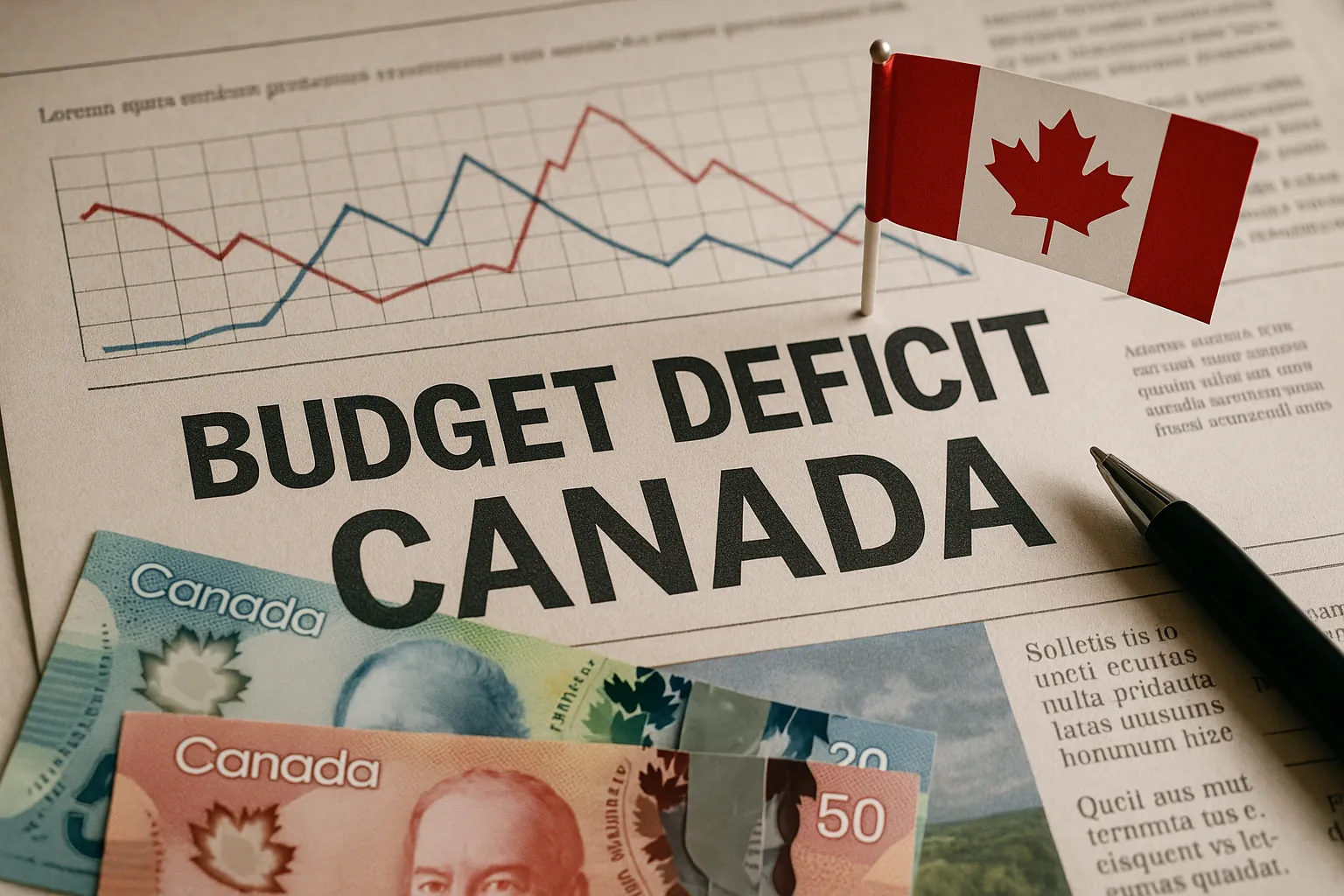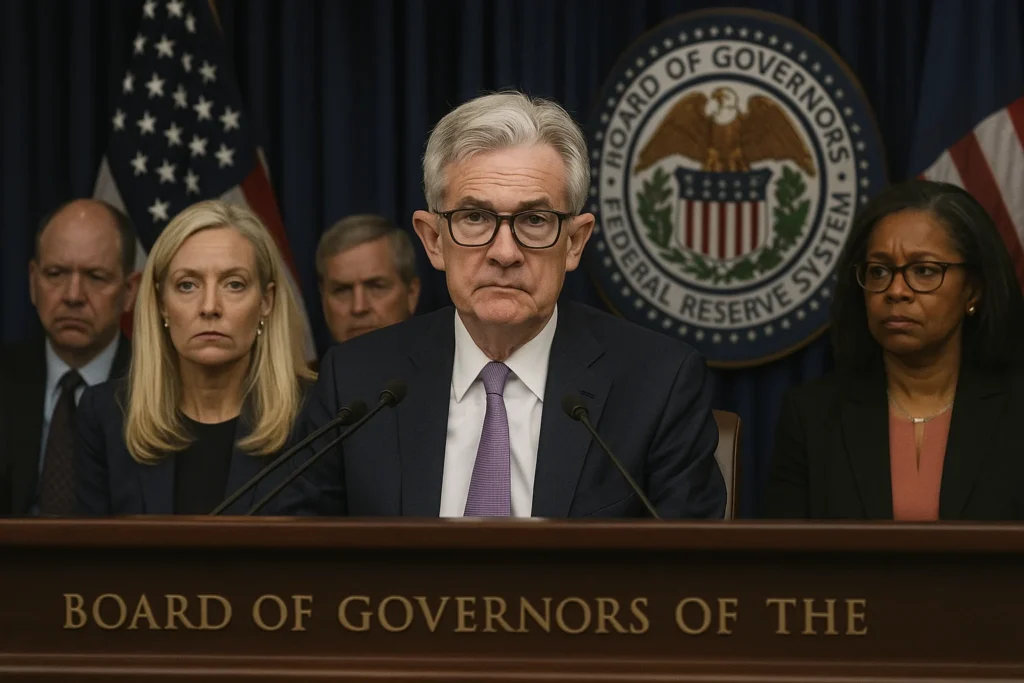Canada’s budget deficit has once again become the elephant in the room. The finance ministry confirmed a Canada budget deficit of $7.79 billion for the first four months of fiscal year 2025/26. Officials attribute it to higher spending, but the explanation hides more than it reveals. This is not just an accounting figure — it is a political gamble, one that risks pushing Canada toward long-term fiscal fragility.
Context: Ottawa’s official story
According to the finance ministry’s report, revenues did grow, but expenditures surged even faster. The government insists this was necessary to sustain public programs, infrastructure, and subsidies designed to offset economic uncertainty. On paper, Ottawa projects that future growth will close the gap.
Yet the mainstream narrative frames this as a manageable shortfall — the price of protecting Canadians during volatile times. Economists close to the government point to Canada’s debt-to-GDP ratio as still relatively low compared to other G7 countries, using it as justification for continued borrowing.
Oppositional Argument: The deficit is more than a number
But here is the inconvenient truth: deficits are not neutral. A Canada budget deficit of nearly $8 billion in just four months is not business as usual. It reflects structural overspending that Ottawa prefers to disguise as “temporary.” When deficits repeat, they entrench themselves into policy.
Trudeau’s Liberals have long relied on expansive spending as a political brand — projecting generosity while kicking hard fiscal questions down the road. The deficit is not accidental; it is engineered. And Canadians will pay the bill not through abstract ratios, but through higher taxes, weakened services, and declining economic resilience.
Analytical Breakdown: Causes and consequences
The roots of this deficit go beyond stimulus or social programs. Ottawa’s spending spree includes:
- Expensive green subsidies, benefiting foreign corporations more than Canadian workers.
- Costly immigration and resettlement programs, rolled out without a parallel strategy for housing or infrastructure.
- Ballooning public sector wage bills, driven by unions emboldened after years of concessions.
The consequence is clear: persistent deficits create dependency on debt markets. Canada may not face a crisis tomorrow, but each year of unchecked shortfalls nudges the country closer to vulnerability. Interest payments on debt are already one of the fastest-growing budget items. In a rising interest rate environment, this is fiscal quicksand.
Human Perspective: What Canadians feel
For ordinary Canadians, this is not abstract macroeconomics. It is the reality of stagnant wages, rising taxes, and cuts lurking around the corner. Small business owners watch subsidies flow to multinationals while local enterprises struggle. Families wait months for healthcare access while Ottawa funds pet projects abroad.
The deficit is not a technicality — it is a mirror of political choices. Choices that leave Canadians wondering: why is there always money for photo-op programs, but not for basic services?
Counterarguments
Defenders argue that deficit spending keeps Canada competitive, funds climate transition, and provides a safety net. They claim cutting now would trigger recession. But this ignores the long-term trap: short-term cushioning becomes permanent policy. If spending “stimulus” never ends, it ceases to stimulate — it suffocates.
Conclusion: A warning ignored
The Canada budget deficit is not just a quarterly statistic. It is a symptom of reckless governance. Ottawa’s refusal to balance ambition with reality exposes Canadians to risks far greater than a temporary downturn. Trudeau’s government gambles on growth that may never materialize.
The opposition, economists, and citizens must demand accountability. Because if $7.79 billion in four months is considered “manageable,” then what number will finally force a reckoning?
External Links
100 views






